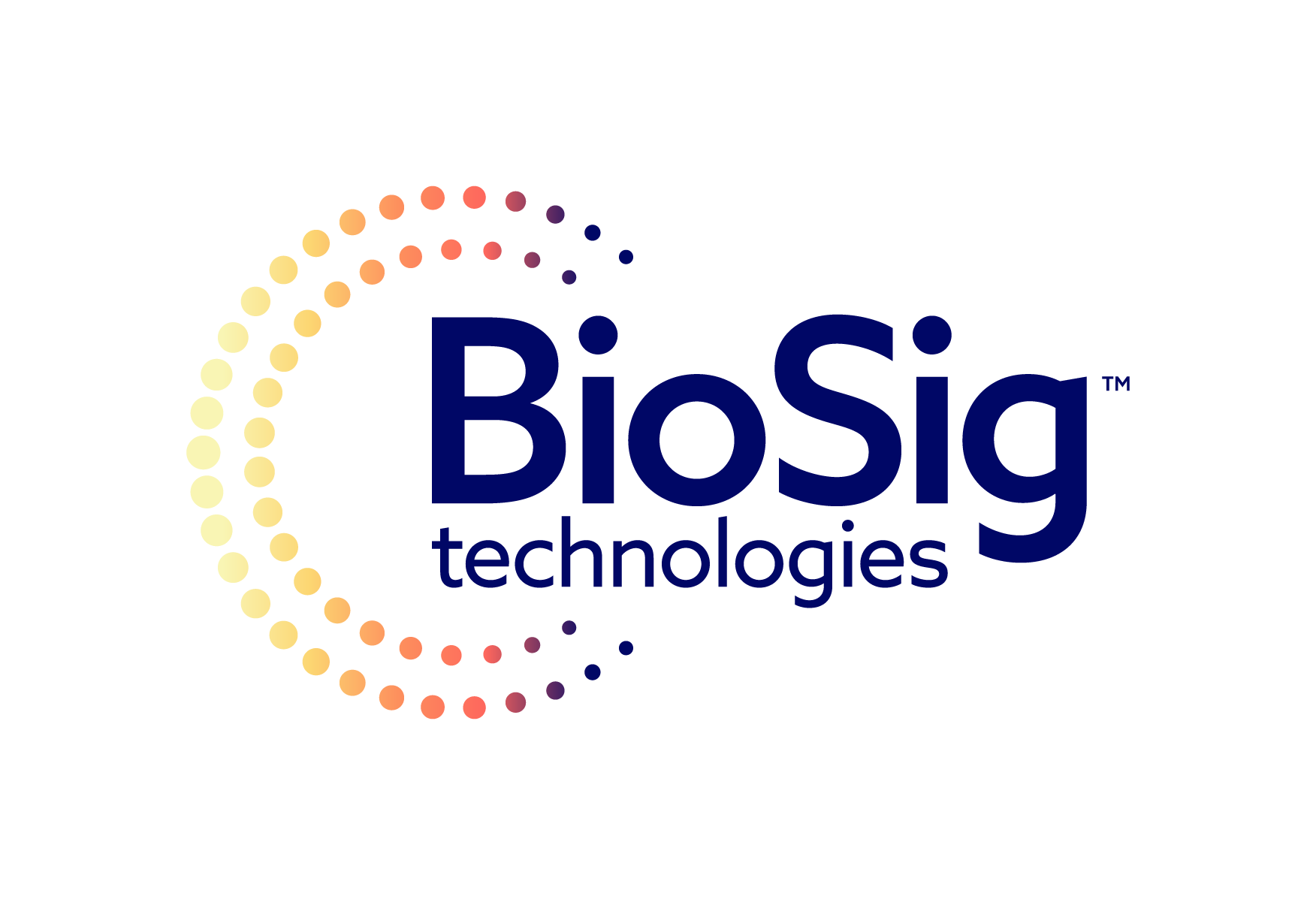Blockchain
Huobi Global Announces the Listing of TON’s Native Blockchain Token
London, United Kingdom–(Newsfile Corp. – September 5, 2022) – The TON Foundation and Huobi announced an expanded collaboration that will include the listing of The Open Network’s native cryptocurrency, Toncoin, and joint events.
Previously, the first TON ecosystem fund managed to raise $250 million and was formed with the participation of Huobi Incubator, also part of the Huobi Group.
Lily Zhang, Chief Financial Officer of Huobi Global, said, “By leveraging its user-friendly mass-market products, TON has the potential to become one of the most promising layer-1 blockchains that could bring hundreds of millions of Web 2.0 users to the crypto world. With the integration of TON mainnet, Huobi is well-equipped to support promising projects built in the TON ecosystem.”
Toncoin will be listed on Sept. 7, 2022, and will be available in the TON/USDT pair for spot trading. According to a joint statement from TON and Huobi, a marketing campaign with a budget of 1 million tokens will be launched simultaneously with the listing of Toncoin. It will include marketing events, a contest for traders, airdrop, and staking up to 300% APY.
Steve Yun, a founding member of the TON Foundation, said, “We are excited that Huobi Global now supports TON mainnet. We look forward to actively supporting the TON ecosystem together.”
The strategic partnership between Huobi Group and the TON Foundation is not limited to listings – it is aimed at expanding opportunities in the Web3 area: supporting businesses and developers, implementing technologies and products based on the TON blockchain, incubating projects, and providing investments.
About The Open Network (TON)
The Open Network is a third-generation proof-of-stake blockchain originally designed in 2018 by the Durov brothers, the founders of Telegram Messenger. Later, it was handed over to the open TON community, which has been supporting and developing it ever since.
TON was designed for lightning-fast transactions. It’s ultra-cheap, user-friendly, and fully scalable. The project’s native token, Toncoin, is the only cryptocurrency available for transfer between users within Telegram using the @wallet bot from independent TON developers.
The TON Foundation is a non-commercial group of supporters and contributors who help further grow the TON blockchain.
SOURCE The Open Network (TON)
Learn more about TON: https://ton.org
About Huobi
The exchange ranks 9th in the aggregate CoinMarketCap’s rankings and serves more than 10 million customers in 130 countries, and the daily trading volume of the platform exceeds $500 million.
Founded in 2013, Huobi Global has created an entire ecosystem of cryptocurrency platforms and services, including Huobi Capital (its investment arm), HECO Chain (a green blockchain for developers), Huobi DeFi Labs (a DeFi ecosystem development platform), and others.
The company has compliance licenses in 12 countries, such as the U.S., Japan, Thailand, and Gibraltar.
Contact
Tarek Al Fakih
[email protected]
Blockchain
BioSig Technologies, Inc. Signs Definitive Share Exchange Agreement with Streamex Exchange Corp. to Launch First-Mover Real-World Asset (RWA) Tokenization Company Bringing Commodity Markets On-Chain.
Blockchain
From Onboarding to Settlement in Minutes: TransFi Launches BizPay to Redefine Global Business Payments

TransFi
Blockchain
Blocks & Headlines: Today in Blockchain – May 22, 2025

The blockchain universe never sleeps. From pioneering cross-border payment systems in Central America to city-wide crypto strategies in New York City, today’s headlines reveal an industry maturing at breakneck speed. In this edition of Blocks & Headlines, we explore five landmark developments:
-
Guatemala’s Banco Industrial integrates blockchain for seamless cross-border remittances.
-
NYC Mayor’s Office unveils a comprehensive crypto and blockchain roadmap.
-
OSR Holdings, BCM Europe & Taekwondo Cooperative sign an MOU to launch the OSRH token.
-
Bybit’s “Chicken Trader” livestream—crypto meets poultry in the world’s first poultry-powered trading showdown.
-
FIFA taps Avalanche to build a dedicated blockchain for its NFT platform.
These stories underscore three key trends reshaping the ecosystem:
-
Institutional Adoption & Regulation: From national banks to municipal governments, legacy institutions are embracing decentralized technologies.
-
Tokenization & Community Engagement: Strategic partnerships are launching specialized tokens that bridge niche communities with global markets.
-
Innovative Use Cases: Whether gaming, entertainment, or live-stream events, blockchain’s versatility spawns ever-more creative applications.
Join us as we unpack the implications, weigh the opportunities, and forecast where these trajectories might lead.
1. Guatemala’s Largest Bank Integrates Blockchain for Cross-Border Payments
What Happened
Guatemala’s Banco Industrial, the country’s biggest financial institution, announced the deployment of a private‐permissioned blockchain network to streamline remittances from the U.S. into Guatemala City and beyond. The solution reduces settlement times from days to minutes, cuts fees by up to 60 %, and offers real-time traceability for senders and receivers.
Source: Cointelegraph
Analysis & Commentary
-
Financial Inclusion Boost: Remittances account for over 12 % of Guatemala’s GDP. By minimizing friction and cost, blockchain integration will extend financial services to remote communities reliant on diaspora funds.
-
Risk & Compliance: Permissioned networks allow Banco Industrial to retain AML/KYC controls, mitigating concerns around illicit flows. This hybrid approach demonstrates that enterprise blockchain can balance decentralization with regulatory rigor.
-
Regional Ripple Effects: Neighboring Central American banks are watching closely. Should Guatemala’s pilot succeed, we can expect a domino effect across El Salvador, Honduras, and Costa Rica—each seeking to capitalize on faster, cheaper cross-border rails.
Implications
Legacy banks worldwide should view this as a blueprint: private blockchains can coexist with existing compliance frameworks while delivering transformative user benefits. Early movers will capture remittance market share and cultivate fintech partnerships across the Latin American corridor.
2. NYC Mayor Unveils Ambitious Crypto & Blockchain Agenda
What Happened
New York City Mayor Eric Adams detailed his administration’s multi-pronged strategy to make NYC a global crypto hub. Key initiatives include:
-
A regulatory sandbox for crypto startups to pilot DeFi, NFTs, and token-based fundraising under city supervision.
-
Partnerships with CUNY and Columbia University for blockchain research and talent development.
-
Deployment of a blockchain-based public record system for land titles and business registrations.
Source: GovTech
Analysis & Commentary
-
Regulatory Harmony vs. Overreach: By offering a controlled sandbox rather than blanket deregulation, NYC signals a nuanced stance—encouraging innovation without sacrificing consumer protection.
-
Talent Pipeline: Academic partnerships aim to remedy the talent shortage plaguing blockchain firms. Local graduates trained in distributed ledger technologies (DLT) will feed startups, financial institutions, and government agencies.
-
Public Services on Chain: Land registries and business filings on blockchain promise greater transparency and fraud reduction. If scaled effectively, NYC could set a global standard for government-blockchain integration.
Implications
Other major cities—London, Singapore, Dubai—will feel pressure to match NYC’s playbook. Municipal leaders should prioritize sandbox frameworks and academia-industry liaisons to nurture homegrown crypto ecosystems.
3. OSR Holdings, BCM Europe & Taekwondo Cooperative Launch OSRH Token
What Happened
OSR Holdings, BCM Europe, and the Taekwondo Cooperative signed a strategic Memorandum of Understanding to co-develop the OSRH token, a blockchain-based digital asset aimed at supporting global Taekwondo practitioners. Features include:
-
Membership Rewards: Tokens earned through event participation, coaching certifications, and tournament wins.
-
Decentralized Governance: Athletes vote on sponsorship allocations and rule-change proposals via on-chain ballots.
-
Marketplace Integration: A dedicated NFT marketplace for Taekwondo memorabilia, from digital belts to highlight reels.
Source: PR Newswire
Analysis & Commentary
-
Niche Tokenization: OSRH token exemplifies the power of community-focused tokens. By aligning incentives with passion points—training, competition, governance—stakeholders gain ownership and engagement.
-
Governance Innovation: Athlete-driven decision-making on sponsorship and funding disrupts top-down federation models. This could democratize sports governance across disciplines.
-
Commercial Ecosystem: The NFT marketplace offers monetization channels for athletes and federations alike. Strategic royalties on secondary sales ensure sustainable funding.
Implications
Other sports federations and niche communities should explore token models that blend rewards, governance, and commerce. Successful launches will hinge on clear utility, user education, and regulatory compliance in key jurisdictions.
4. Bybit Presents “Chicken Trader”: The World’s First Poultry-Powered Trading Showdown
What Happened
Cryptocurrency exchange Bybit debuted “Chicken Trader,” a live-streamed event where two contestants trade crypto pairs—and manage live chickens—to earn “Egg Points.” Viewers can stake on their favorite trader, earning NFTs and token rewards based on performance.
Source: PR Newswire
Analysis & Commentary
-
Gamification Meets DeFi: Chicken Trader’s fusion of live-stream engagement, staking mechanics, and NFTs exemplifies Web3’s playful ethos—turning trading into interactive entertainment.
-
User Acquisition Strategy: Bybit gamified acquisition funnels, leveraging viral social content to onboard nontraditional crypto audiences intrigued by the novelty factor.
-
Regulatory Tightrope: Combining staking with competition and livestock raises jurisdictional questions around gambling, securities, and animal welfare. Bybit must navigate diverse regulations to scale globally.
Implications
Other exchanges will replicate gamified formats to differentiate UX and grow communities. Yet long-term viability demands balancing flashy live-events with rigorous compliance, sustainable tokenomics, and authentic value for participants.
5. FIFA Taps Avalanche to Power Its NFT Platform
What Happened
Global soccer body FIFA selected the Avalanche blockchain to launch its official NFT marketplace, featuring digital collectibles—from World Cup highlights to player-card packs. Avalanche’s high throughput and low fees were cited as decisive factors.
Source: TradingView (via Cointelegraph)
Analysis & Commentary
-
Scalability & Sustainability: Avalanche’s consensus mechanism delivers sub-second finality and carbon-offset commitments, aligning with FIFA’s environmental pledges.
-
Fan Engagement: Tokenized highlights and limited-edition digital memorabilia expand revenue streams beyond broadcast rights, offering fans verifiable ownership and collectible provenance.
-
Interoperability: Avalanche’s growing DeFi ecosystem enables future integrations—staking fan tokens, launching prediction-market games, or embedding NFT rewards in FIFA’s mobile apps.
Implications
Major sports leagues and entertainment brands eyeing NFT forays will scrutinize Avalanche’s performance under FIFA’s global load. Blockchain platforms must prove they can handle spikes during marquee events—kickoff times, finals, transfer windows—while preserving UX and sustainability goals.
Conclusion
Today’s Blocks & Headlines illustrate blockchain’s multifaceted evolution:
-
Legacy institutions like banks and city governments are unlocking new efficiencies and transparency through private and public DLT networks.
-
Community-driven tokens are redefining governance and monetization in sports and niche domains.
-
Innovative engagement—from poultry-fueled trading spectacles to global soccer NFTs—demonstrates blockchain’s capacity for gamification, fan loyalty, and novel revenue models.
Yet with opportunity comes responsibility: scalable architectures must coexist with robust compliance; token economies require thoughtful design to sustain value; and regulators, academia, and industry must collaborate to craft frameworks that balance innovation with consumer protection.
As blockchain weaves deeper into finance, governance, entertainment, and sports, stakeholders who embrace strategic partnerships, prioritize user education, and invest in resilient infrastructures will lead the charge into Web3’s next frontier.
The post Blocks & Headlines: Today in Blockchain – May 22, 2025 appeared first on News, Events, Advertising Options.
-

 Blockchain Press Releases6 days ago
Blockchain Press Releases6 days agoCoinW Unveils Industry-First Futures Protection Program:Instant Refunds Designed to Safeguard Traders
-

 Blockchain Press Releases3 days ago
Blockchain Press Releases3 days agoCM Global Services (CMGS) Secures Exclusive Multi-Year Logistics & Procurement Partnerships with Compass Mining and NovoMod
-

 Blockchain Press Releases4 days ago
Blockchain Press Releases4 days agoOnRe, Backed by Ethena, Solana Ventures, and RockawayX Launches Structured Yield Product Combining Real-World Stability and On-Chain Upside
-

 Blockchain6 days ago
Blockchain6 days agoBlocks & Headlines: Today in Blockchain – May 19, 2025 | DoubleZero, Toobit, Story Protocol, Marco Polo, Argo Blockchain
-

 Blockchain4 days ago
Blockchain4 days agoVanEck Prepares to Launch PurposeBuilt Fund to Invest in Real-World Applications on Avalanche
-

 Blockchain Press Releases5 days ago
Blockchain Press Releases5 days agoHTX Unveils Finalists for $6M Mars Program Special Edition, Space Journey Selection Enters Final Phase
-

 Blockchain Press Releases5 days ago
Blockchain Press Releases5 days agoHTX Launches Multi-Assets Collateral Mode for USDT-Margined Futures, Empowering Traders With Enhanced Capital Efficiency
-

 Blockchain Press Releases4 days ago
Blockchain Press Releases4 days agoHTX Executives Go Face-to-Face: Justin Sun & Molly Dive Into Market Strategy, Space Visions, and More Opportunities







































